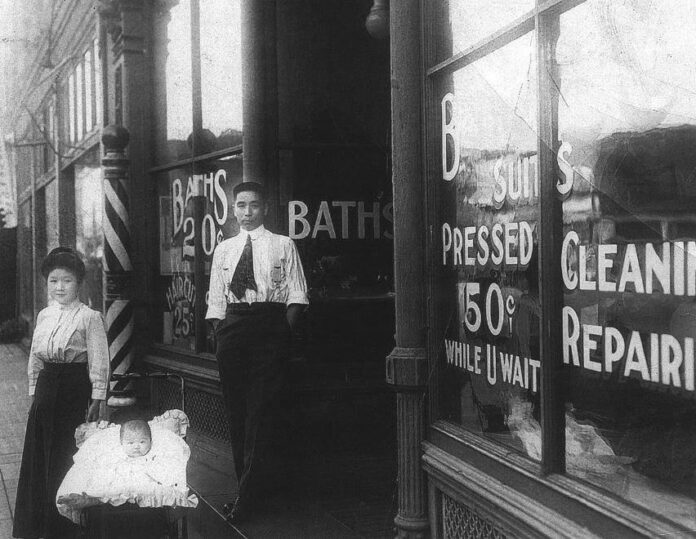By Raymond Douglas Chong
Historians, building preservationists and members of the Japanese American community watched in disbelief last month as crews dismantled one of the last remnants of Portland’s Japantown.
The Yamashita Hotel may be gone, but the Japanese American Museum of Oregon and Architectural Heritage Center is doing what it can to preserve memories of the forgotten community.
A Forgotten Community
Shortly after the demolition, JAMO and AHC announced A Forgotten Community: A Tour of Portland’s Lost Japanese American Community as a digital experience. It focuses on 20 stories that are significant to Japanese American history. They include vital people and buildings in Japantown in An Introduction, The Growth of a Community, Meeting New Challenges, and A Legacy That Endures.
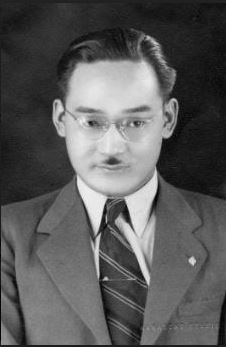
One highlight is the story of Minoru Yasui, a trailblazing lawyer. He boldly challenged the unconstitutional curfew and incarceration. He said, “It is my belief that no military authority has the right to subject any United States citizen to any requirement that does not equally apply to all other U.S. citizens.” The United States Supreme Court heard the “United States of America vs. Minoru Yasui” case, but Yasui lost.
On KOIN, Hata and Stephanie Whitlock, AHP Executive Director, discuss keeping Japantown’s history alive.
RELATED: Portland Nikkei community loses historic building in Japantown
Japantown
Portland’s Japantown covered over 20 blocks downtown. In 1940, 1,580 Japanese Americans lived in Portland.
Japanese managed over 100 businesses and offices downtown. They included hotels, restaurants, laundries, healthcare facilities, services, and other establishments. In addition, Japanese families operated over 100 grocery stores and fruit stands throughout the Portland region. Japantown served its communities in Willamette Valley, Columbia Gorge, and Hood River Valley.
The walking tour map covers these places and buildings:
- Japanese American Historical Plaza
- Oshu Nippo (Oregon Daily News)
- Matsubu Bathhouse & Laundry
- Obukan Judo
- Teikoku Mercantile Company
- Merchant Hotel
- Dr. Kei Koyama’s Dentist Office
- Nikkei Jin Kai (Japanese Ancestral Society) Hall
- Daiichi Takeoka’s Lawyer Office
- Minoru Yasui’s Lawyer Office
- Mikado Hotel & Bathhouse
- Ota Tofu
- Katei Gakuen (North Japanese School)
- Yamaguchi Hotel (now demolished)
- Japanese American Museum of Oregon
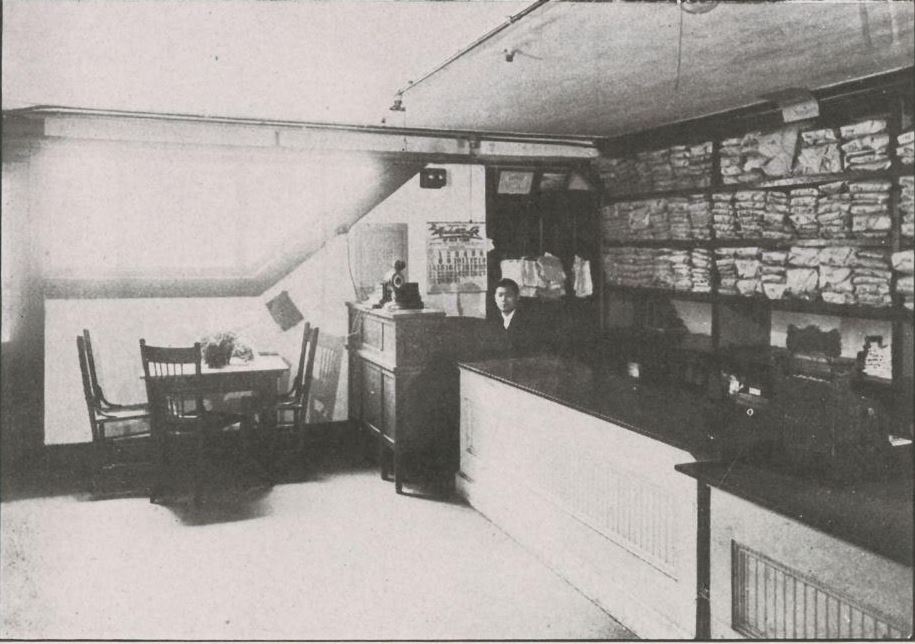
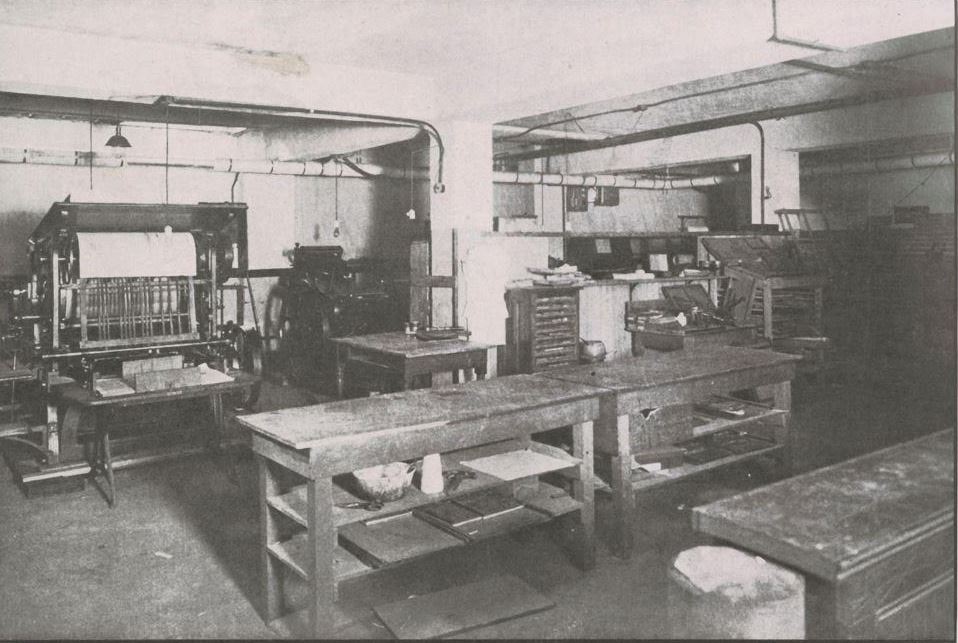
Memories
JAMO interviewed several internees about their memories of Japantown.
Jean Matsumoto remembered, “All of the hotels along First Avenue from as far away as Market in Southwest Portland down to Gleason, all of First Avenue, Second Avenue, Third Avenue if there was a hotel, they were all owned by Japanese. And each place was a safe house, so we were running around even after dark and going to visit our friends in other hotels. And my mother always said, “You can always outrun a drunk.”
George Katagiri recalled, “The only place where there was a concentration of Japanese families was in Japantown or Northwest Portland, and most of the other families were scattered throughout the city, and there may have been two or three other Japanese families in the neighborhood. But the custom, and most of those families ran cleaners, laundries, grocery stores, barber shops, and most of their customers were the neighborhood Caucasian people.”
Several ornate bronze plaques are embedded around Japantown.
- Japanese Wisteria “Once a year, the Japanese community held a sumo wrestling tournament here. They put up a regular sumo ring like in Japan with four posts, sand, and salt baskets for luck.” – Kaz Ochiai
- Peanut “When my father managed the Royal Palm Hotel, people called it “high tone.” It had a mixed crowd, mostly African American railway porters, conductors, and brakemen.” – Yoichi Kitayama
- Plum “From 1910 to 1936, the Mikado Hotel provided housing needed by single Japanese men coming to find work in Portland.” – Kiyo Nakayama
- Chrysanthemum ““Meet you at Third and Davis!” Was the neighborhood kids’ rallying cry for an after-dinner ball game before World War II.” – Alice Sumida
- Cherry “The Merchant Hotel was a miniature Japantown, brimming with children, a dentist, a doctor, and the Teikoku Mercantile Company run since 1905 by the Matsushima family.” – Yoji Matsushima
- Orchid “Before World War II, Japanese families managed most of the neighborhood hotels.” – Yoichi Kitayama and Alice Sumida
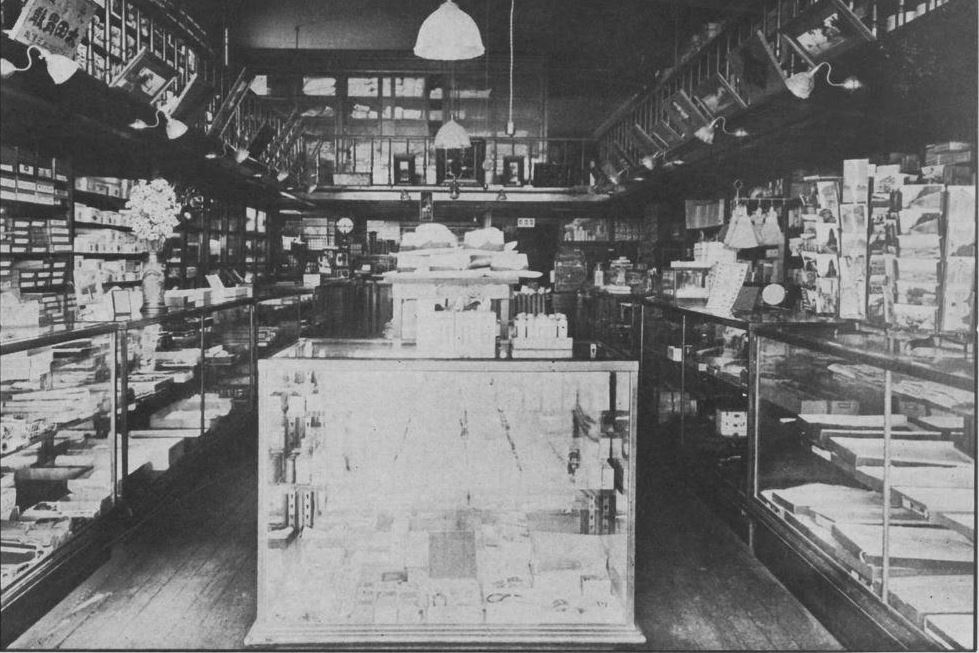
History
After the Pearl Harbor Attack, President Franklin D. Roosevelt signed Executive Order 9066. on February 19, 1942, The War Relocation Authority (WRA) enforced an exclusion zone along the coasts of Oregon and Washington, among other places, against Japanese Americans.
In May 1942, the WRA evacuated them to the Portland Assembly Center at the Pacific International Livestock Exposition Pavilion for temporary detention. The WRA allowed them to carry their belongings. However, they had to dispose of their businesses and possessions. As a result, Japantown became a ghost town.
In September 1942, the WRA shipped them by train to the Minidoka Relocation Center in Idaho. They endured three years of misery under desolate and primitive conditions in the barren desert. By October 28, 1945, they were released into American society.
The WRA encouraged their resettlement from the West Coast. But many Japanese Americans returned to Portland. They endured racial prejudice and hatred by White Americans. They were denied jobs. They had difficulty finding housing. Their neighbors were unfriendly and distant.
In 1989, the National Parks Service certified Portland New Chinatown/Japantown Historic District in the National Register of Historic Places in Portland, Oregon, near the Willamette River. The District comprises Portland’s original Japantown and its New Chinatown.
There are many architectural building styles represented that are typical of the 19th and 20th centuries. The recent demolition of the historic Yamaguchi Hotel highlights the importance of preserving the historic architecture of Japantown.
“It is a sad day watching the destruction of the Yamaguchi Hotel,” Chisao Hata, JAMO Creative Director of Living Arts, noted. “The City’s condition to complete the work of a Stakeholders Task Force was ignored. With the lack of communication regarding the demolition, we felt disrespected and unheard, and the cultural erasure of our community’s history continues. The sudden destruction of the historic building was a tragic reminder of what is currently at stake .”
Close
The Japanese American Museum of Oregon strives to remind us about the erased past of the forgotten community – Portland’s lost Japantown.
It’s everybody’s history. It’s all of our history, and so it’s part of Portland’s history. And we want it to be in the forefront into everybody’s awareness. It’s about place and having a place and losing a place and having a — feeling like you’re being erased. So, it’s time that we stand up and lift up those stories.
Chisao Hata
AsAmNews is incorporated in the state of California as Asian American Media, Inc, a non-profit with 501c3 status. We are currently funded by our readers and the California Library Commission’s Stop The Hate program under the State Dept of Social Services. See their funded resources for direct, prevention and intervention services here. Find additional content from AsAmNews on Instagram , Twitter, Tiktok and Facebook. Please consider interning, joining our staff, or submitting a story, or making a tax-deductible donation.

